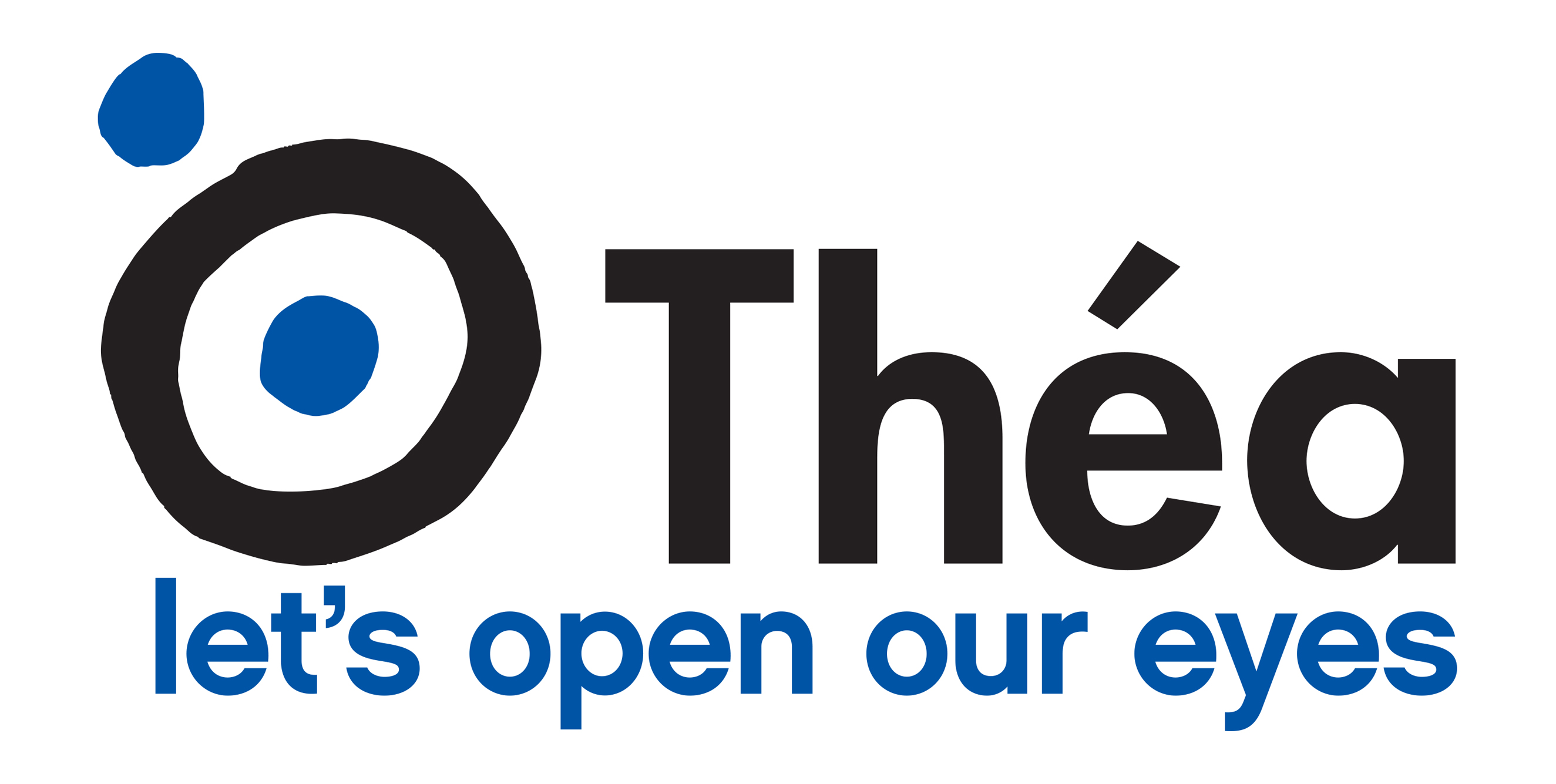For healthcare professionals

Start: 19:30 14th July 2022
End: 20:30 14th July 2022
Speaker: Professor James Wolffsohn
This session will demonstrate the importance of a healthy tear film and the challenges in achieving this for Dry Eye patients. Around 80% of Dry Eye is caused by MGD, so addressing this as well as treating symptoms can be of benefit. Professor Wolffsohn is associate Pro-Vice Chancellor at Aston University and has published over 225 peer reviewed academic papers and given numerous international presentations. His main research areas are the development and evaluation of ophthalmic instrumentation, contact lenses, intraocular lenses and the tear film. He is the academic Chair of the British Contact Lens Association, having been a past president, was a harmoniser and sub-committee chair for TFOS DEWS II and joint-Chair of the International Myopia Institute reports
1 Interactive CPD Point has been approved via the GOC (General Optical Council) for Optometrists, DOs + CLOs
1 Interactive CPD Point has been applied for via the RCO (Royal College of Ophthalmologists) for Ophthalmologists
GOC LEARNING OBJECTIVES + DOMAINS
CLINICAL PRACTICE
Practitioners will appreciate that by keeping up do date with evidence-based research and developments regarding the tear film and ocular surface, they will be able to offer a more balanced approach and treatment strategy in managing their condition (s.5)
Practitioners will appreciate the importance of a healthy tear film and ocular surface in relation to vision and quality of life (s.5)
Practitioners will understand which diagnostic tests can be used in a clinical setting to assess the tear film and ocular surface (s.7)
SPECIALITY CPD - CONTACT LENS OPTICIAN
An understanding of the anatomy and physiology of the tear film and ocular surface in relation to contact lens wear and how to outline an effective management plan, utilising the approaches outlined in the TFOS DEWS II Report. (s.5)
Practitioners will understand which diagnostic tests can be used in a clinical setting to assess the tear film and ocular surface (s.7)
COMMUNICATION
Practitioners will be able to advise patients about current based research and developments for the management of dry eye disease (s.2)


